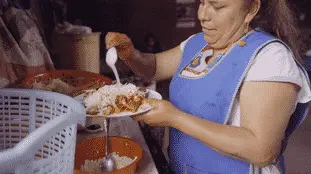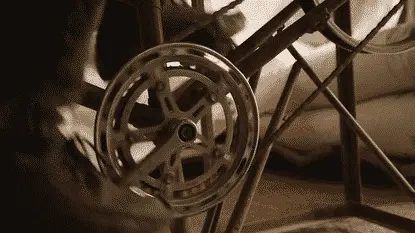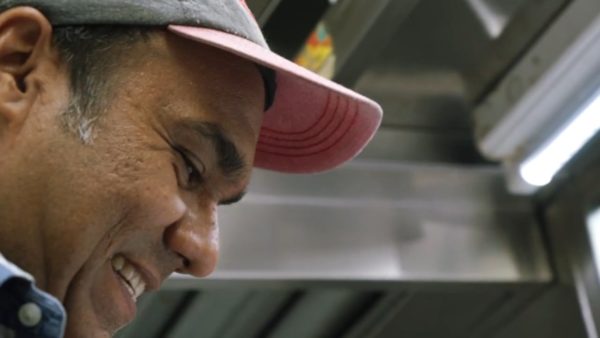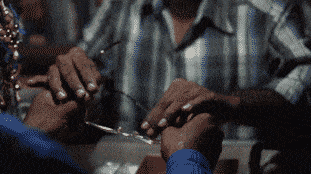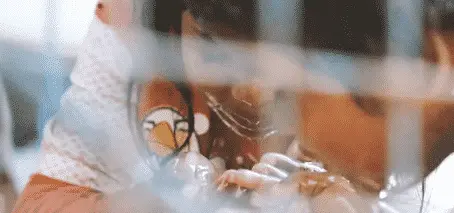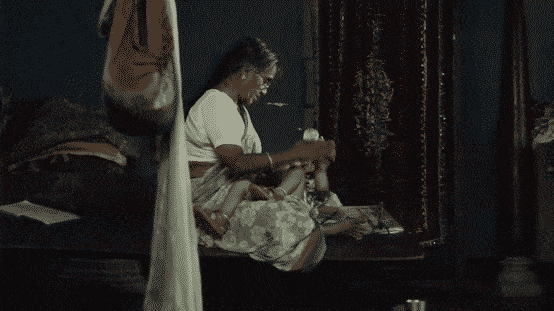Shantanu Builds Community :: Better Together
A Better World Ed Story
Welcome to a Better World Ed wordless video, human story, and lesson plan: Shantanu Builds Community :: Better Together.
Let's step into a unique human's mind, heart, perspectives, story, and community. Let's explore self, others, and our world in a humanizing way.
Take a deep breath. Let's get started with Shantanu Builds Community :: Better Together.
Click the "lesson plan" tab if you're looking for ideas on how to engage with this story on your own or in a group. If you're eager to start right away and want to create your own learning guide based on the narrative, click the "story" tab or play the video!
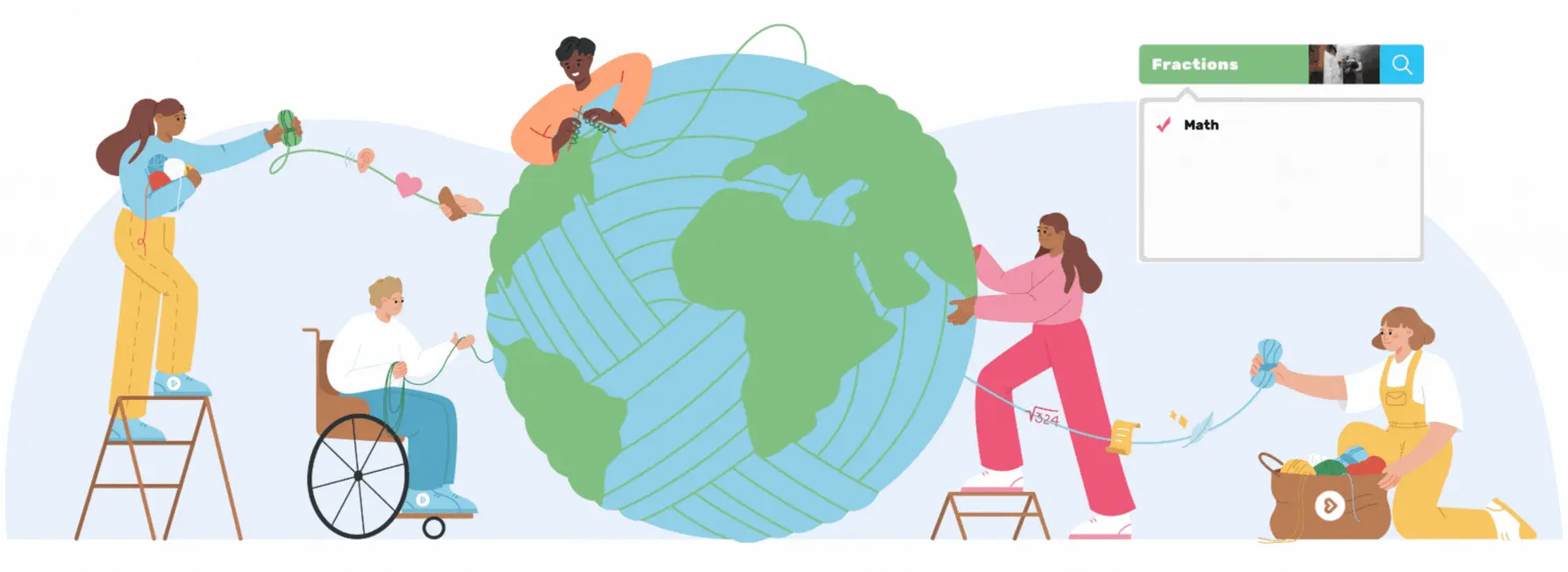
Better World Notes for all of us to remember: this story is an introduction to who this human is. It would take years (even a lifetime!) to wholly understand this person, just like it takes us such a long time to begin to understand ourselves and one another.
As we watch the wordless video, let's suspend judgment and strive to practice curiosity and wonder. Let's recognize bias and challenge our assumptions. Let's explore how we might move beyond these assumptions together in a meaningful way.
As we explore the lesson plan, let's remember these are not instructions. This is a learning guide. You can adapt this for your situation, and reach out to us anytime for ideas, too. You can also follow it step by step, if you'd like. Though we believe learning happens in so many ways, and these lessons can be adapted so beautifully by you(th) to create a magical experience. If we adapt, let's just remember to keep the actual story content authentic. These are real humans we're learning about -- let's stay true to their stories.
As we read the written story, let's remember that this person in the story is not representative of a whole culture or way of life -- better world learning means moving beyond generalizations and simple single stories. More on this in the humanity & belonging unit.
We've got to remember that this person is a unique and whole individual with unique, complex, and beautiful experiences -- just like everyone in our own lives and classrooms! We've got to live with ubuntu.
Judgment and bias are both quick to get and hard to get rid of. And both are really pretty boring.
But curiosity? Curiosity is magical.
Learning? Learning is forever.
Curiosity before judgment.
Wonder beyond words.
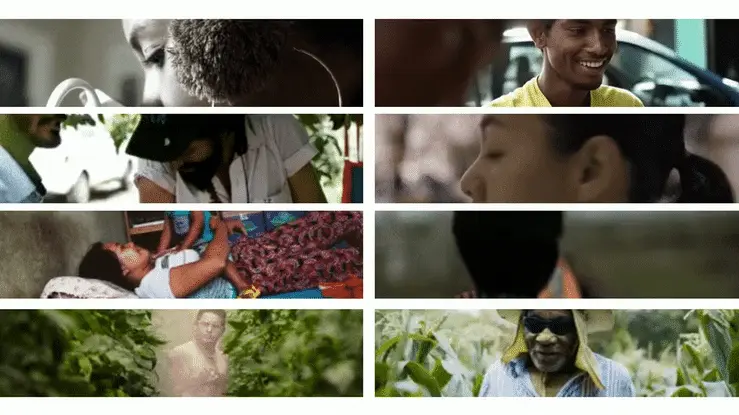
More Better World Resources: Looking for a powerful learning guide for empathy and curiosity practice? Here is a version for early childhood learning. Here is a version for self-guided learning at any age. You can use the lesson plan above in the "lesson plan" tab, or you can try one of these lessons that work wonders for any of the stories on Better World Ed.
Looking for a math focused "all stories" learning guide? Or one on deep breathing? On listening to understand? On how to make chai? Head to your Members Hub for more magic !
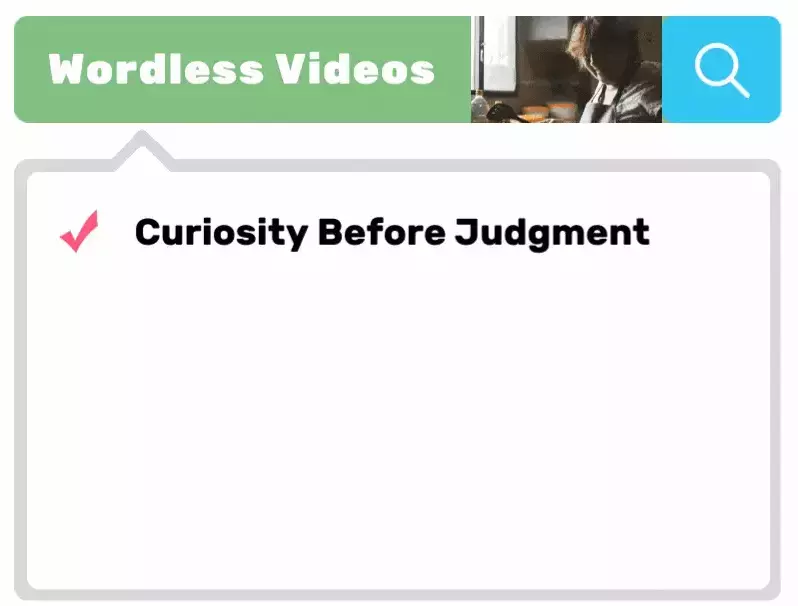
Math Topic
Percentage, Subtraction
Country
India
Global Topic
Business & Economics, Humanity, Belonging, Inclusion & Equity, Leadership, Community & Civics, Tea (Chai)
Math Objectives
Apply percentages to solve word problems, Basic subtraction within 20
Literacy Topic
Author's Purpose, Comprehension, Communication & Collaboration, Critical Thinking, Evidence Collection, Inferencing
SEL Skill
Addressing Challenges & Community Engagement, Analyzing Situations, Appreciating Diverse Perspectives & Ways Of Life, Collaboration, Compassion & Love, Empathy, Understanding & Listening, Perspective Taking & Global Awareness, Reflecting Mindfully, Respect for Others & Character Development, Reweaving Community, Self-Awareness, Social Awareness, Social Engagement
Math Grade Level
Social Studies
Community Engagement, Culture, Current Events, Ethnography, Geography, Global Connections, Sociology
Science Topics
Ecosystems, Invention
Browse Related Stories
Shantanu Builds Community :: Better Together
A Better World Story
Friendship and community are beautiful things. The most important aspects of my life involve my friends and family. I’d even go as far as saying my life is my friends. I value friendships and relationships with people more than anything else. I am always striving to be the best friend I can be, and will do anything for them.
Just yesterday actually, I received a call in the evening from one of my friends. He is a taxi driver in my community and he had a car accident. As soon as I heard the news I told him that if he needed me I would be there immediately. I would close up my Chai Stall early and support him however I could. My business is important, but these friendships matter most. After all, money isn’t the main reason I have chosen to enter this business.
I’d love to hear your thoughts on this. What does friendship mean to you? How important are friendships to you? How are you a good friend to others in your daily life?
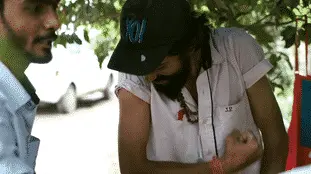

I have loved making friends with all sorts of people. People from the village and people from the city, young people and older people, people from all walks of life, from politics to business and even to education. People who work and people who are at home looking after their families. I love connecting with them all and I really enjoy sharing stories.
This was the main reason I started a chai business of all things: to create a space for people to connect and build friendships. Chai is something that almost everyone drinks here in India, and my little cups of chai are something that almost everyone can afford. This chai brings people together in our community, and getting to know someone over a cup of chai is a very rewarding and relaxing process.
Having something in common such as a love for chai has helped me connect with people – especially new people I have just met. Do you think it is important to connect with people? How do you connect with new people? Do you find it difficult? Why or why not? How can we all form deeper, more meaningful connections with each other?
About 80% of people who come to my stand are working on construction for the surrounding area. Another 15% drive taxis. The remaining 5% are various other friends and people who live or work or pass through the area.
a) How many people from each category above come to the stall if I sell 200 cups in a day?
b) What if I sell 400?
c) What if I sold two cups to each of those people from (b)?
I don’t have a set up with tables and chairs or anything of that sort. But I have pulled together a couple of stools and repurposed a few containers that my customers in the community can sit on. They aren’t in clusters or tables as you’d see in a restaurant or café. All the seats are together so that all my customers can sit together and get to know one another. I’m always thinking about how the space around my chai stand can be best used to build a community here. If it rains, I make sure to put up a sheet so that my customers can still stay here and connect with one another without getting wet.
A couple of days ago the rocks that my cart stands upon had been moved around after some construction work and the ground was uneven. I saw quickly that a few customers were struggling to stand on the uneven surface so I immediately called my friends from across the street, who are construction workers, to help me out. We quickly cleared the ground to make an even surface that would be most comfortable for my customers. I want to create an environment where my customers feel welcome, comfortable, and happy. A community.
Six months ago the average person who came to my chai stand stayed for about 10 minutes.
a) Three months ago, the average person who came stayed for 15 minutes. What is the increase in the percentage of time spent by the average person?
b) Nowadays the average person who comes stays for 20 minutes. What is the increase in the percentage of time spent by the average person?
What does this information tell you? Why do you think my customers spent more time at the chai stand? Is it a positive step?
What are some of the creative things you could do to help people make connections and build friendships in your community?
Shantanu Builds Community :: Better Together
A Better World Story
Learning Objectives
Students will learn about many topics, including: Apply percentages to solve word problems, Basic subtraction within 20, Percentage, and Subtraction.Want to create a calm and focused space to start the community conversation? Try out a group breathing exercise? Or you could do some group stretches! Or serve some chai?!
Here is another lesson plan you may enjoy to explore Shantanu’s community story in another way together.
LET’S LOVE LEARNING IN OUR COMMUNITY!
“Reflect on something in our world that matters to you, and that you are eager to see change. Are there currently communities addressing these challenges? How might we learn more as we explore ways to get involved or lead forward our own change? Let’s remember that learning is so important in our journeys to lead forward change — we want to be informed and aware of what’s already going on before we dive in ourselves!
Let’s do some research and learning with peers and/or family and find 3 communities addressing and working to solve the problems you care about. That’s step 1! Step 2 is in our next lesson.” What a way to keep building community together! We hope you enjoyed this community story! You may also enjoy Walk Out, Walk On, a featured book in our teaching unit’s reading list!

